A positive displacement flow meter is used to measure the flow rate of fluids. They operate by separating the flow into volume, counting sections, and multiplying each section by volume. It is a type of flow meter that operates without any need for external power or special mechanism. The gathering of its readings depends on the pressure from the upstream and downstream of the inlet and outlet ports. Read More…
Sierra manufacturers high performance mass flow meters and controllers for nearly any gas, liquid or steam. Customers choose Sierra when they need an accurate and repeatable flow measurement, short delivery lead times, expert flow advice and long term support. When it matters, choose Sierra. Visit www.sierrainstruments.com.

AW-Lake Company manufactures flow monitoring equipment and goes to market through four brands: TRICOR Coriolis Technology, LAKE Monitors, AW Gear Meters and Turbine Flow. The broad range of flow meters include coriolis mass, positive displacement, variable area and turbine technologies. We service many industries, including oil & gas, automotive, food & beverage, chemical processing and...
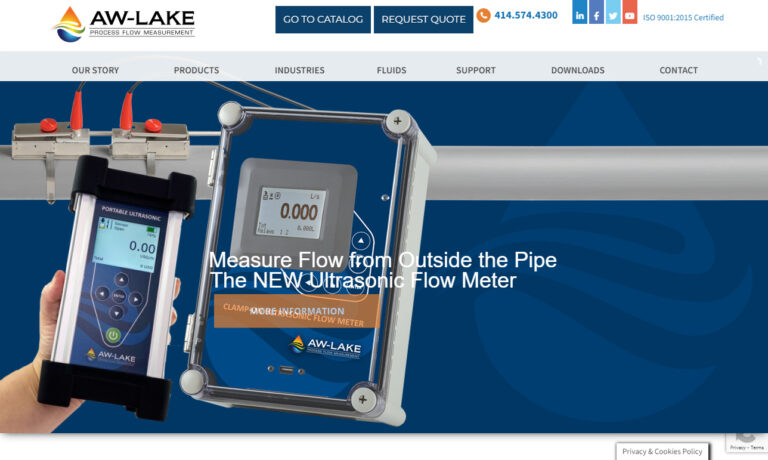
Turbines is an ISO 9001:2000 certified manufacture specializing in the design of high quality, cost-efficient rugged turbine flow meters for industry oil and gas, and business flow measurement applications that require accuracy, repetition and reliability. We have established ourselves as a trusted leader in the field of flow measurement. We also offer a wide range of accessories such as...
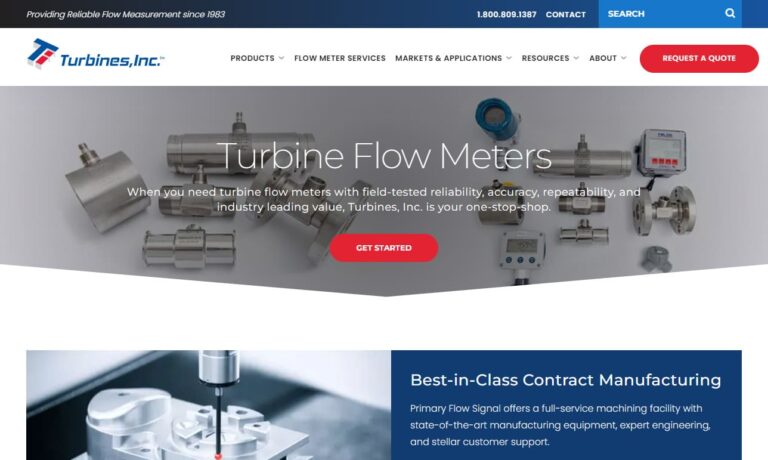
At Niagara Meters, we specialize in providing high-quality flow meters and comprehensive solutions to meet the diverse needs of industries worldwide. With our dedication to excellence and extensive experience, we have established ourselves as a trusted leader in the field of flow measurement. Our product portfolio encompasses a wide range of flow meters meticulously engineered to deliver accurate ...
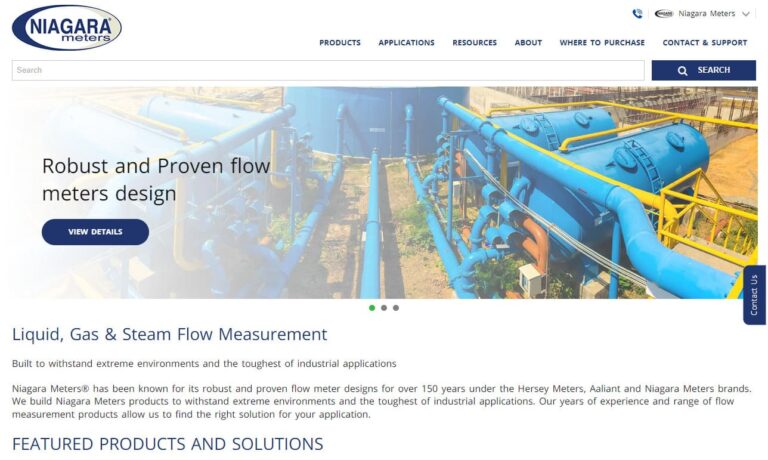
SIKA is a developer and manufacturer of flow control products and a wide variety of other measuring and monitoring systems. Our inventory includes flow sensors, flow meters, flow switches, and many more. We know that flow solutions aren't one-size-fits-all, which is why we provide consultation and flow management solutions that are individualized and customized to your requirements. When you...
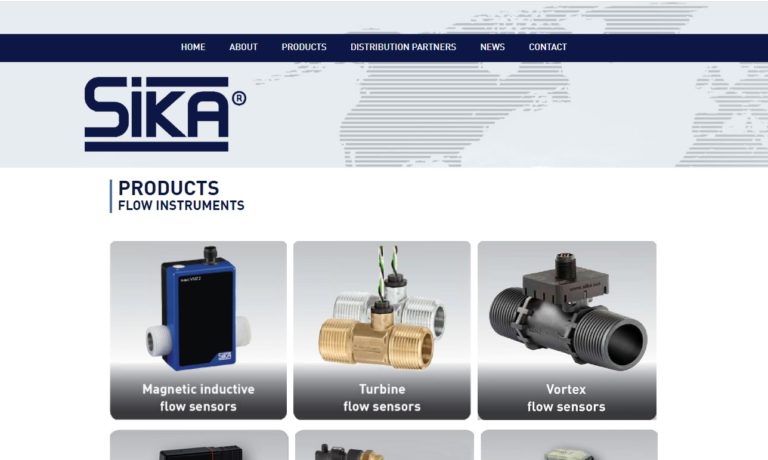
More Positive Displacement Flow Meter Manufacturers
How a Positive Displacement Flow Meter Works
For a positive displacement flow meter to provide accurate readings, its chamber has to be continually filled and emptied. The flow rate is calculated by the filling and emptying cycle. The measurement of the flow is created by the turning of the impeller inside the flow meter the rotation of which provides the meter readings.
Unlike other types of flow meters, a positive displacement flow meter provides accurate data regarding the volume of the fluids that pass through it. The center of the flow meter has a rotor that revolves on ball bearings that rotate the evenly placed blades of the impeller. As fluids enter the flow meter, the rotor and blades rotate around the cam, which causes the blades to move outward.
As the blades are turning, chambers form between the blades, rotor, base, covering, and housing. This movement is much like a revolving door. When the fluid passes through each of the chambers, it is counted to provide readings. This type of motion requires that the blades on the impeller and the surface of the casing to be tightly sealed to ensure accurate readings and prevent leakage.
Electronic pickup coils in the positive displacement generate pulses according to the volume of fluid passing through the meter. The ratio of the pulses per unit is the meter factor. Positive displacement meters are affected by the changes in the viscosity of the fluid.
Types of Positive Displacement Flow Meters
As with all forms of meters, no one positive displacement flow meter can be used for all types of fluid. The various types are chosen according to the fluid that is to be measured and the required accuracy of the data. The various types include rotary vane, helix flow, nutating disc, oval gear, lobed impeller, piston, and diaphragm.
A diaphragm type displacement meter has several diaphragms for the liquids to pass through. To keep the fluid moving through the meter, a rotating crank moves it smoothly along. This type of meter is used with gases.
A lobed positive displacement flow meter has two lobes in the chamber with one being an inlet and the other being outlet. The fluid is drawn in by one of the impeller lobes and pushed out by the other. The flow rate is measured by the number of revolutions of the rotors.
Unlike the other types of positive displacement flow meters, piston types have a piston in the center of the chamber. The piston blocks the outlet port of the chamber. As the fluid passes through the inlet port, it places pressure on the piston causing it to move up the chamber and down when the fluid exits.
Rotary vane flow meters have impellers with two or more compartments. As the impellers turn, the fluid is drawn in through the inlet causing the impellers to rotate. The flow rate is counted by the number of turns of the impellers.
A helix positive displacement flow meter has two helical rotors geared together with very little clearance between them in the casing. As the fluid flows in, the two rotors move the liquid axially from one end of the chamber to the other. This type of meter is used for high viscosity liquids.
Nutating disc meters have a movable disc instead of helixes or impellers that is mounted on a sphere. The displacement part of the meter is the disc with its lower part in contact with the bottom of the chamber and its upper part next to the top of the chamber. The liquid enters through the lower inlet side of the chamber and causes the sphere and disc to turn such that the liquid exits through the upper part of the chamber. The flow is measured by the rotations of the disc.
Oval gear meters have two rotors connected by gear teeth that seal the inlet and outlet flow. As the fluid enters, it turns the teeth of the gears, which turns the rotor. A fixed amount of fluid is allowed to enter with each turning of the gears. Much like the other positive displacement meters, the flow rate is measured by the turning of the shaft.


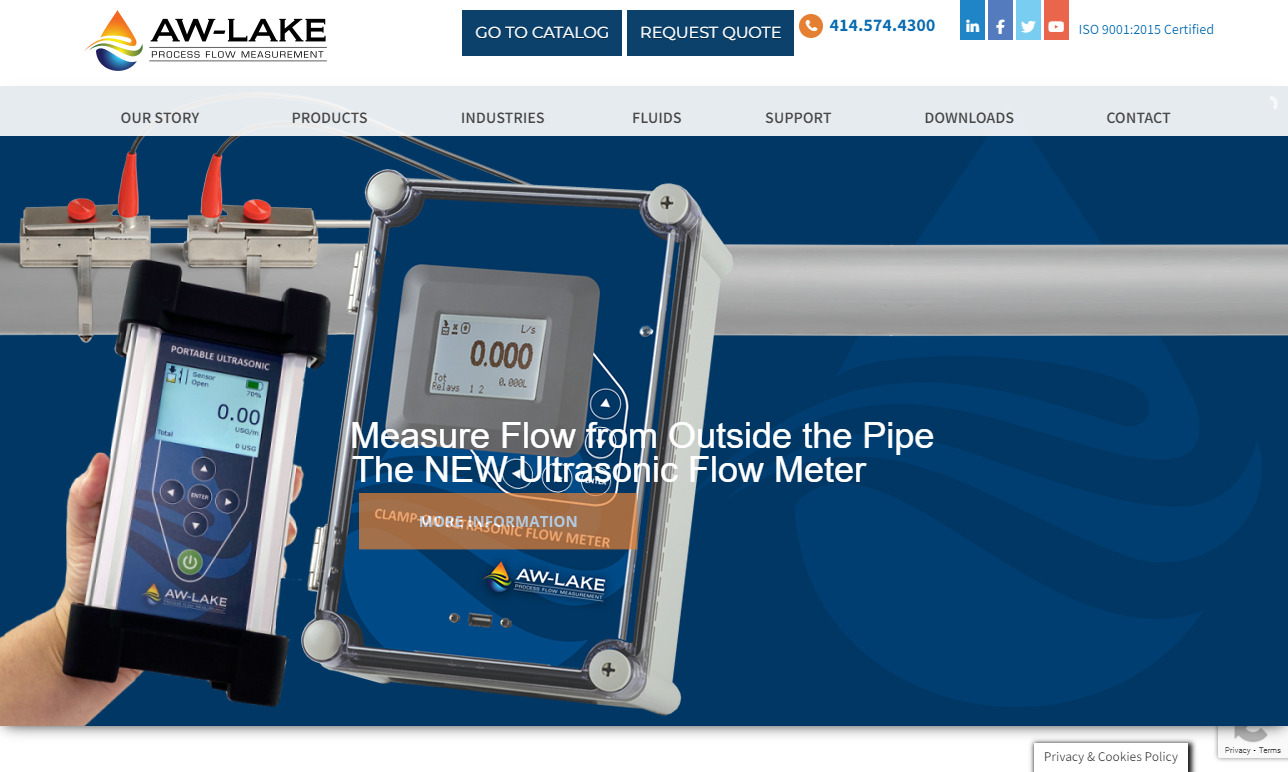
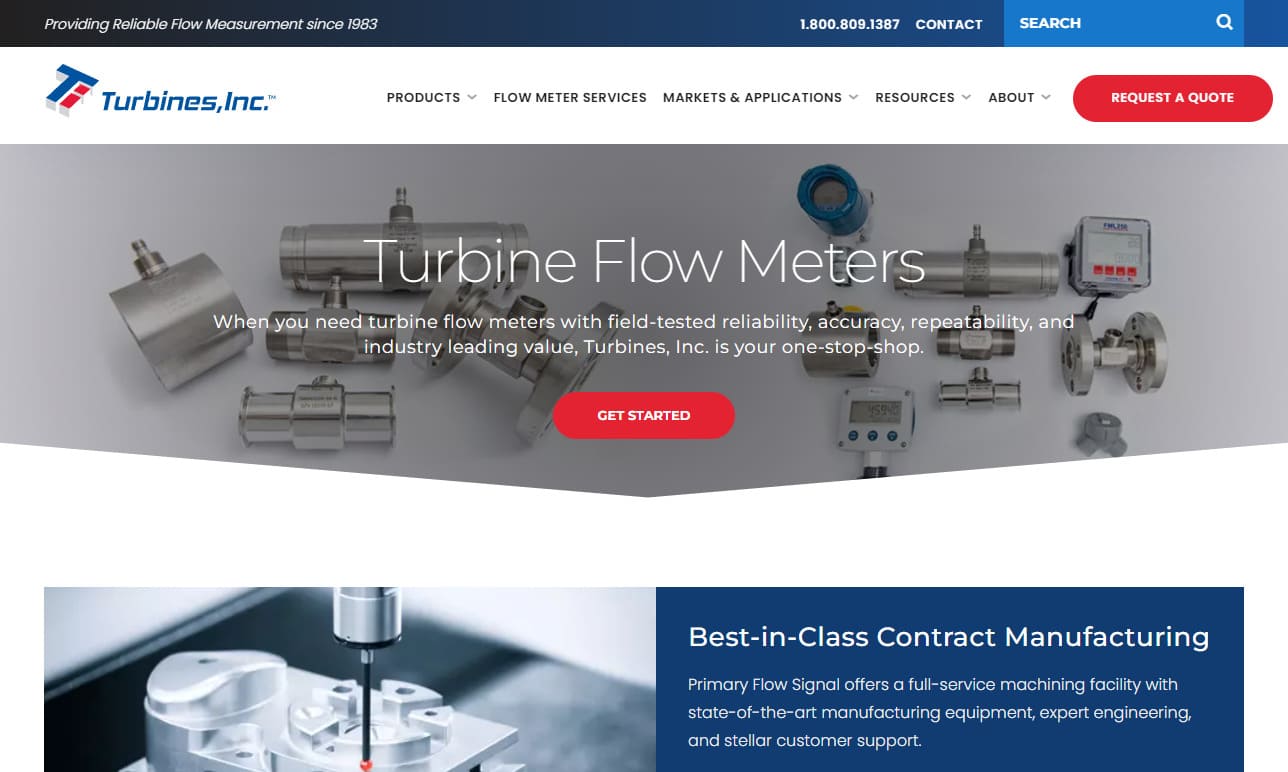
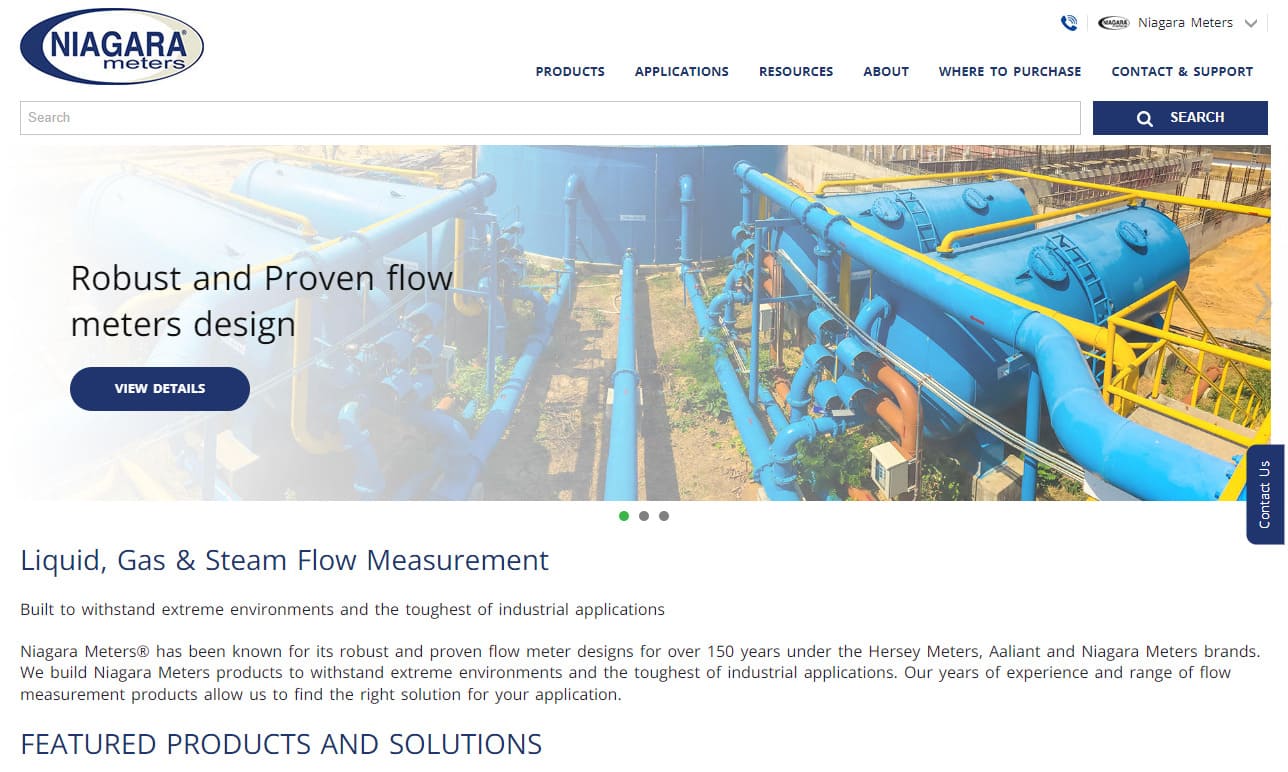
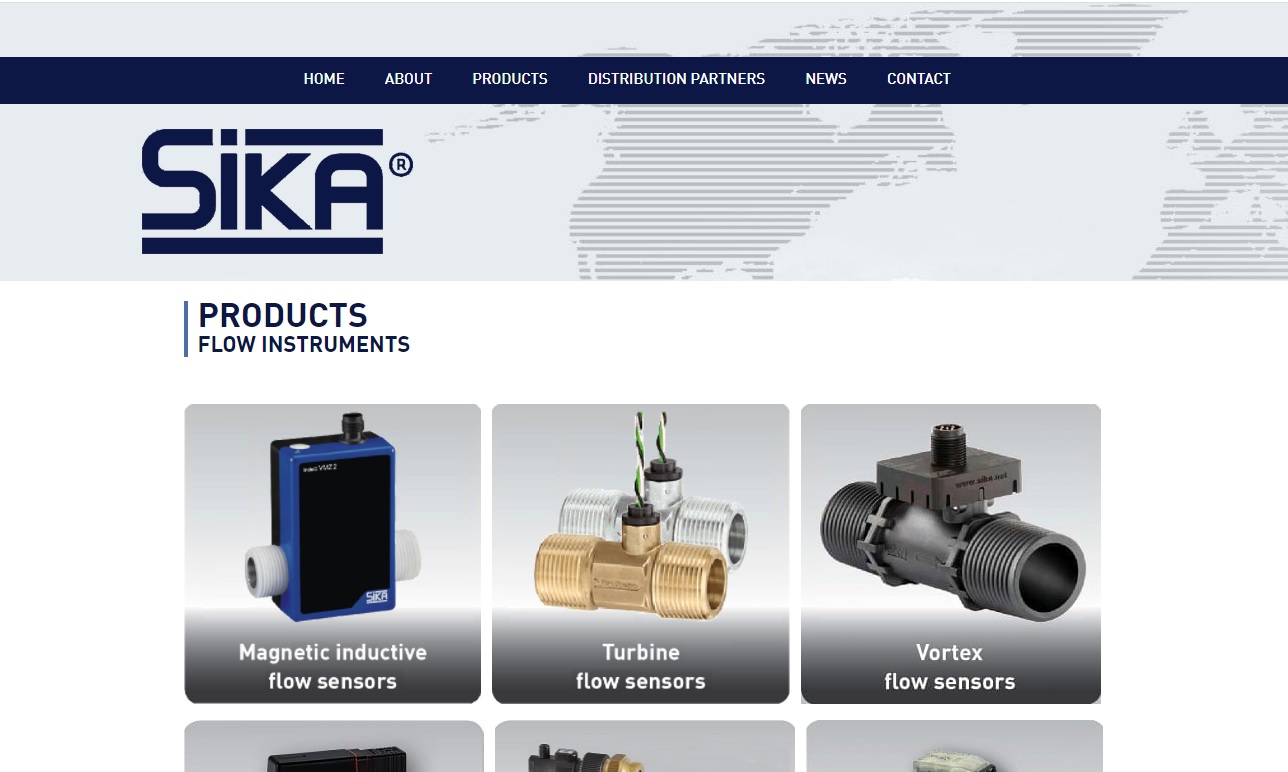












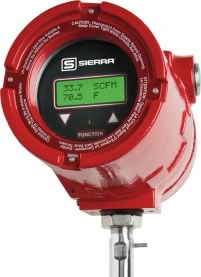 Flow Gauges
Flow Gauges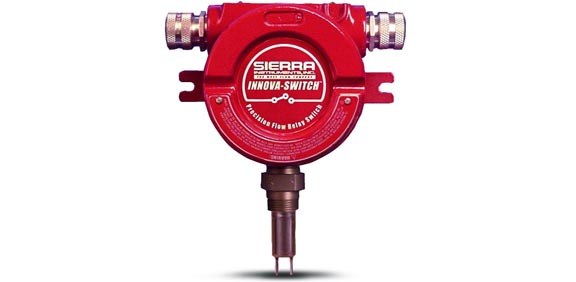 Flow Indicators
Flow Indicators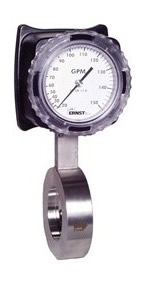 Flow Meters
Flow Meters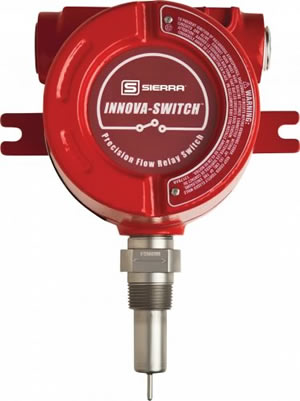 Flow Switches
Flow Switches Castings & Forgings
Castings & Forgings Bulk Material Handling
Bulk Material Handling Electrical & Electronic Components
Electrical & Electronic Components Flow Instrumentation
Flow Instrumentation Hardware
Hardware Material Handling Equipment
Material Handling Equipment Metal Cutting Services
Metal Cutting Services Metal Forming Services
Metal Forming Services Metal Suppliers
Metal Suppliers Motion Control Products
Motion Control Products Plant & Facility Equipment
Plant & Facility Equipment Plant & Facility Supplies
Plant & Facility Supplies Plastic Molding Processes
Plastic Molding Processes Pumps & Valves
Pumps & Valves Recycling Equipment
Recycling Equipment Rubber Products & Services
Rubber Products & Services